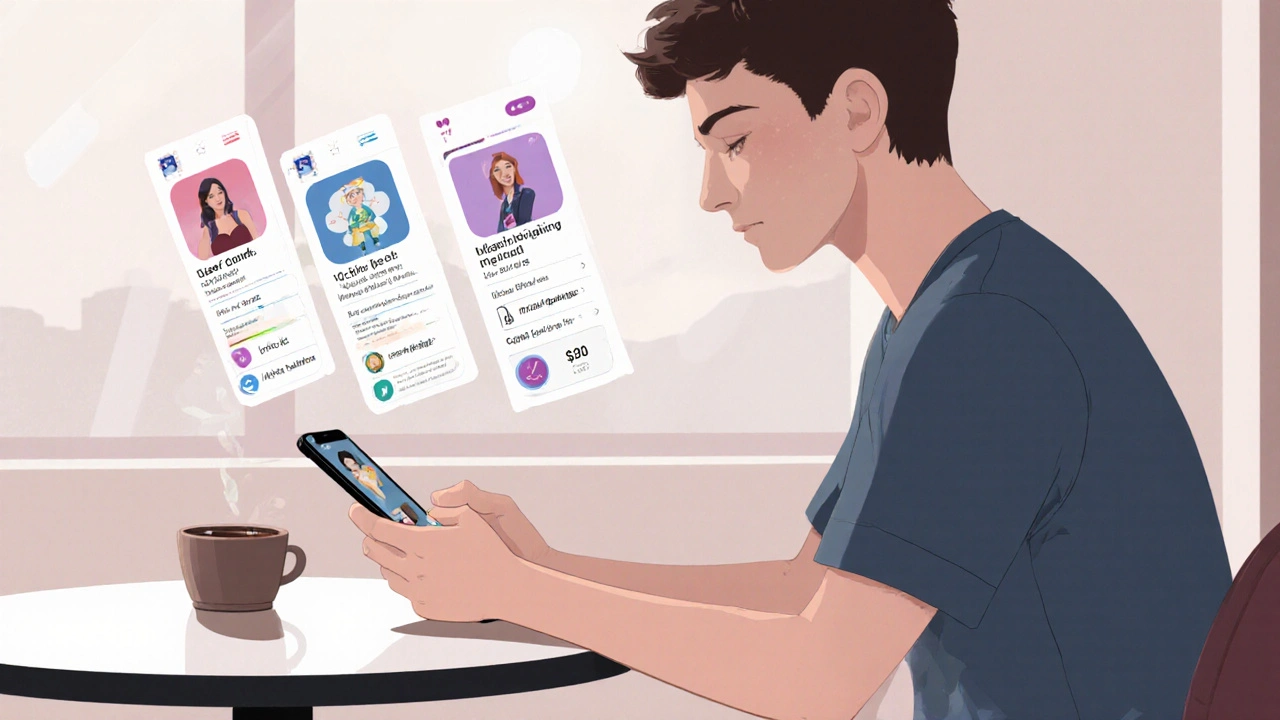Matchmaking Algorithm Explained: The Engine Behind Modern Dating Apps
When talking about Matchmaking Algorithm, a set of rules and data‑driven calculations that pair users based on shared traits, behaviors, and preferences. Also known as pairing engine, it powers the core of most online dating, platforms where people create profiles, swipe, and hope to meet a compatible partner. The algorithm collects signals from profile details, interaction history, and even location to compute a compatibility score, a numerical rating that predicts how well two members might click. In practice, the higher the score, the more likely the app will suggest a match, turning raw data into a plausible romantic connection.
How AI and Data Shape the Pairing Process
Modern AI matchmaking, machine‑learning models that refine the traditional algorithm with pattern recognition and predictive analytics adds a layer of intelligence that adapts over time. AI looks for hidden correlations—like a love for hiking that often pairs with a taste for indie music—so it can suggest matches that a simple keyword filter would miss. This means the algorithm isn’t static; it learns from successful dates, message exchanges, and user feedback, continuously tweaking the compatibility score. In short, matchmaking algorithm capabilities grow as more data flows through the system, making each recommendation smarter than the last.
The online dating ecosystem also relies on user‑generated content: photos, bios, and answers to prompts. These inputs become variables in the algorithm’s equation. For example, a well‑written bio that mentions “travel” and “cooking” might be weighted higher for users who also list those interests. Meanwhile, response time and message length are behavioral cues that signal engagement, tweaking the score in real time. The result is a dynamic matching environment where both static profile data and live interaction patterns feed the engine.
Another key component is the compatibility score, a percentile that ranks potential partners based on shared attributes and predicted chemistry. Apps display this score in various ways—often as a percentage, a badge, or a simple “high match” label. Users can use the score to prioritize conversations, but the algorithm also uses it internally to decide who appears in their feed first. A higher score means more visibility, creating a feedback loop that rewards well‑matched profiles.
Privacy and safety are woven into the algorithm’s design too. Many apps filter out accounts with incomplete profiles, suspicious activity, or reported behavior before these users ever enter the matching pool. This pre‑screening step protects genuine users and maintains the algorithm’s accuracy, because noisy or fraudulent data can skew the compatibility calculations. In essence, a clean data set equals better matches.
From a practical standpoint, understanding how the matchmaking algorithm works can improve your own chances. Fill out every profile field thoughtfully, use clear photos, and engage regularly. The algorithm rewards activity and consistency, treating them as signals of seriousness. Likewise, responding promptly and asking meaningful questions can boost the behavioral metrics that the engine watches.
Looking ahead, the next wave of improvements will likely blend more immersive tech—like AI‑generated video chats and virtual reality dates—into the algorithm’s decision‑making. These richer data sources could refine compatibility scores even further, creating a more nuanced picture of who might click on a deeper level. Until then, the current system already does a lot of heavy lifting, turning piles of data into a handful of promising connections each day.
Below you’ll find a curated list of articles that dive deeper into each of these aspects: from crafting a standout profile that feeds the algorithm, to understanding AI’s role in modern matchmaking, and even safety tips that keep the data clean. Explore the collection to see how you can work with the algorithm, not against it, and boost your chances of finding a lasting match.

How to Choose the Right Online Dating Site for You
A step‑by‑step guide to picking the best online dating site, covering goals, matchmaking methods, safety, pricing, mobile apps, niche vs. mainstream, and a handy checklist.
Read More